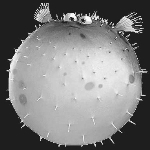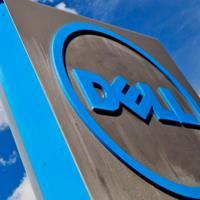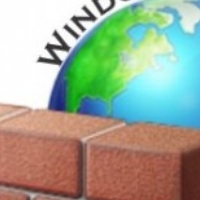Step by step guide to removing bloatware that consumes valuable resources on you PC.
–PC Pitstop.
How to Remove Bloatware
by Sherri Meinke for Daves Computer Tips
Whenever I set up a new computer for myself or someone else, I make it a standard practice to eliminate the Bloatware. This checklist is something you might find useful or be able to adapt to your own use:
Uninstall unnecessary and unwanted programs. If you’re not sure what’s necessary, here are some guidelines:
1. Uninstall Trial versions of software you already own. For example, if you already have a copy of Microsoft Office you want to install, go ahead and uninstall the Free trial often included with new computers.
2. Uninstall Trial versions of software you know you don’t want or have no intention of purchasing.
3. Uninstall Trials of security software suites if you already own another suite or you don’t want the suite provided. Often when you order a computer, a vendor lets you specify whether you want a particular security suite installed; sometimes they give you no option and install their chosen suite anyway or a 30-day trial of a suite. If you’re not happy with their choice, uninstall it. Some security suites are so bloated and have such an adverse effect on your computer’s performance, you really need to be discerning in which one you use. I’m a fan of Avast Antivirus but whatever works for you.
4. Keep any utilities, tools, product manuals and so on specific to your computer.
5. If you’re unsure what a particular program does, keep it. You can always search for the program on Google later on to see what it’s used for.
6. Change the properties of the Recycle Bin. The Recycle Bin is set up to prompt you for confirmation each time you delete a file. This is usually unnecessary – if you accidentally delete a file you can always open the Recycle Bin immediately and retrieve it. To turn this time-wasting confirmation prompt off:
7. Delete the desktop icons for programs you use only occasionally to help declutter your desktop. You can run these programs from the Start menu instead. This includes utilities and product manuals specific to your computer.




